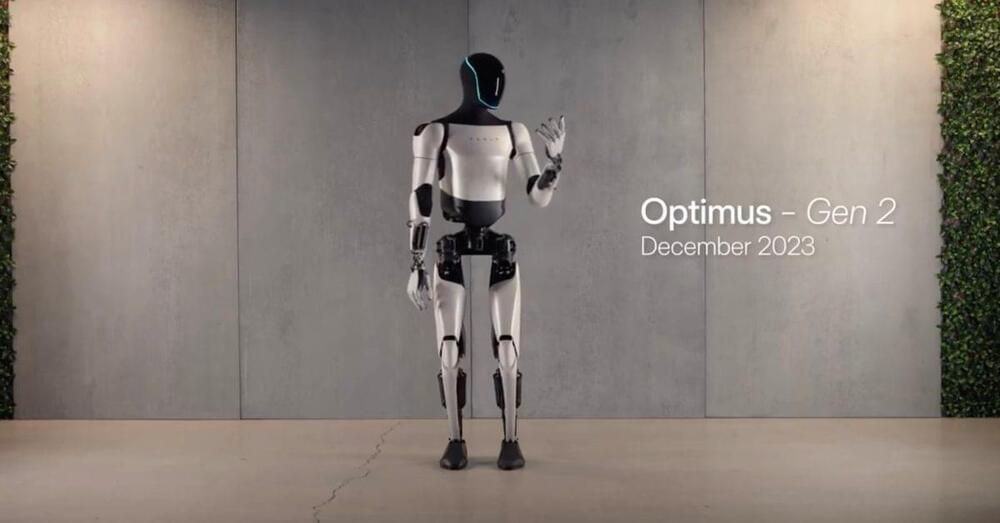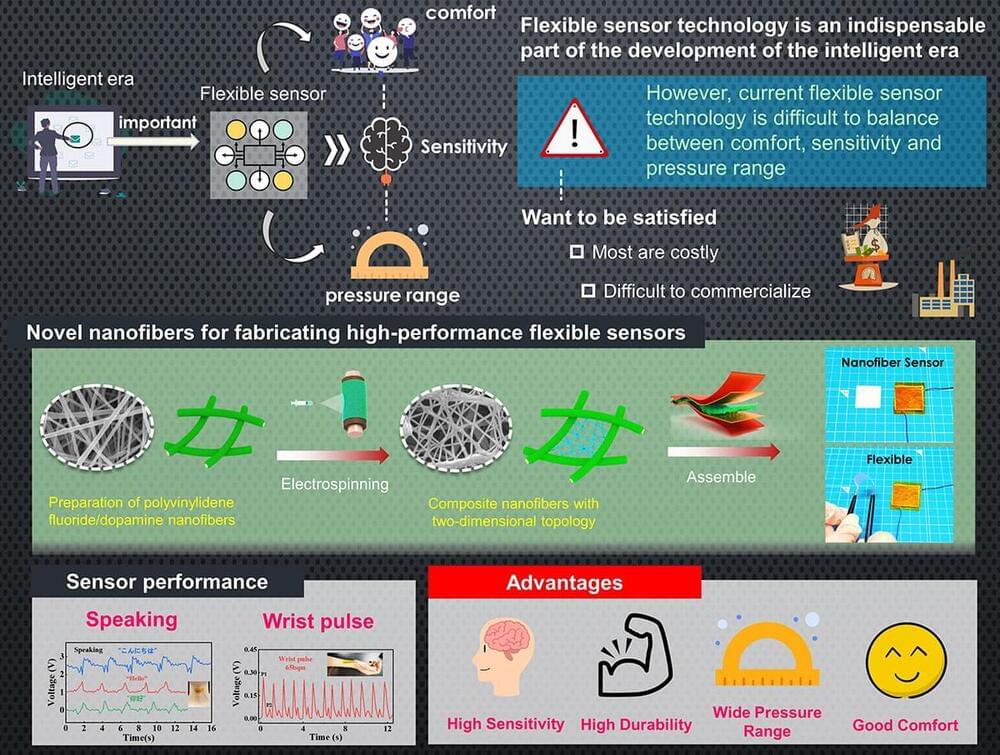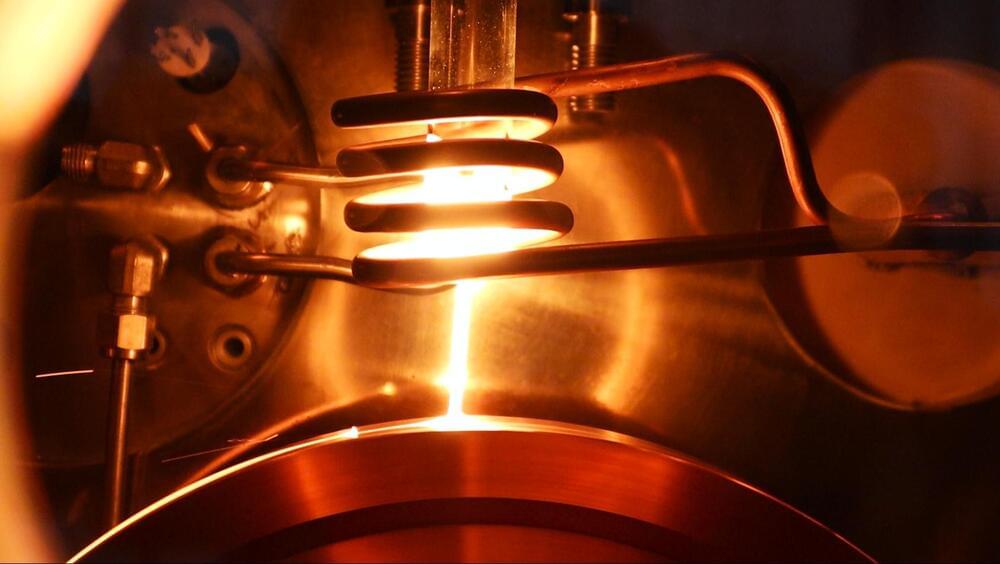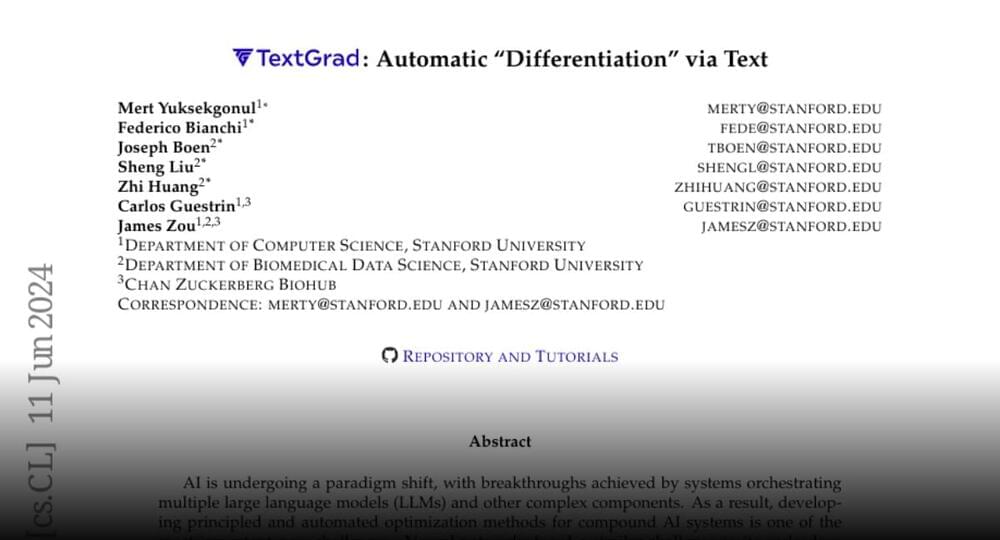Archive for the ‘robotics/AI’ category: Page 190
Jun 12, 2024
Tesla claims it has 2 Optimus humanoid robots working autonomously in factory
Posted by Quinn Sena in categories: Elon Musk, robotics/AI
Tesla claims that it currently has two Optimus humanoid robots working autonomously in a factory, which would be a first.
If there’s one good thing about this compensation package mess going on right now is that it almost looks like Tesla has a PR department again.
Sure, its raison d’etre is almost entirely about trying to get Elon Musk his $55 billion pay package back, but at least, they are putting some more information about Tesla out there in the process.
Jun 12, 2024
With AI, Anyone Can Be a Coder Now | Thomas Dohmke | TED
Posted by Shubham Ghosh Roy in categories: business, robotics/AI

What if you could code just by talking out loud? GitHub CEO Thomas Dohmke shows how, thanks to AI, the barrier to entry to coding is rapidly disappearing — and creating software is becoming as simple (and joyful) as building LEGO. In a mind-blowing live demo, he introduces Copilot Workspace: an AI assistant that helps you create code when you speak to it, in any language.
If you love watching TED Talks like this one, become a TED Member to support our mission of spreading ideas: https://ted.com/membership.
Continue reading “With AI, Anyone Can Be a Coder Now | Thomas Dohmke | TED” »
Jun 12, 2024
AI strategy may promise more widespread use of portable, robotic exoskeletons—on Earth and in space
Posted by Dan Breeden in categories: cyborgs, robotics/AI, space

Exoskeleton for real world adoption.
A super smart or “learned” controller that leverages data-intensive artificial intelligence (AI) and computer simulations to train portable, robotic exoskeletons.
Jun 12, 2024
Affordable and sensitive nanofiber piezoelectric sensors for human and robot motion monitoring
Posted by Dan Breeden in categories: biotech/medical, robotics/AI, wearables
Flexible piezoelectric sensors are essential to monitor the motions of both humans and humanoid robots. However, existing designs are either are costly or have limited sensitivity. In a recent study, researchers from Japan tackled these issues by developing a novel piezoelectric composite material made from electrospun polyvinylidene fluoride nanofibers combined with dopamine. Sensors made from this material showed significant performance and stability improvements at a low cost, promising advancements in medicine, healthcare, and robotics.
The world is accelerating rapidly towards the intelligent era—a stage in history marked by increased automation and interconnectivity by leveraging technologies such as artificial intelligence and robotics. As a sometimes-overlooked foundational requirement in this transformation, sensors represent an essential interface between humans, machines, and their environment.
However, now that robots are becoming more agile and wearable electronics are no longer confined to science fiction, traditional silicon-based sensors won’t make the cut in many applications. Thus, flexible sensors, which provide better comfort and higher versatility, have become a very active area of study. Piezoelectric sensors are particularly important in this regard, as they can convert mechanical stress and stretching into an electrical signal. Despite numerous promising approaches, there remains a lack of environmentally sustainable methods for mass-producing flexible, high-performance piezoelectric sensors at a low cost.
Jun 12, 2024
AI discovers new rare-earth-free magnet at 200 times the speed of man
Posted by Genevieve Klien in categories: drones, robotics/AI, sustainability
As some entities identify new (or at least overlooked) sources to meet the growing demand for rare earth materials, others are looking toward new tools. UK deep-tech company Materials Nexus announced on Tuesday that it has designed a new rare-earth-free permanent magnet with the help of its AI platform. It says the AI-driven discovery and development process was 200 times faster than the resource-intensive manual route, bringing new hope to an electrifying world with a growing appetite for powerful magnets.
With the world moving away from internal combustion engines and gradually embracing electric mobility, the demand for compact, high-power motors is rapidly rising. By far the most popular option in the automotive industry right now is the permanent magnet motor, which powers upward of 80% of modern electric vehicles.
Materials Nexus estimates that demand for permanent magnets will grow tenfold by 2030, in the EV industry alone. And it’s not just electric cars and trucks, either. Permanent magnet motors are in demand for many applications, including robotics, drones, wind turbines and HVAC equipment.
Jun 12, 2024
America is the undisputed world leader in quantum computing even though China spends 8x more on the technology–but an own goal could soon erode U.S. dominance
Posted by Dan Breeden in categories: business, cybercrime/malcode, economics, finance, government, information science, quantum physics, robotics/AI
When it comes to quantum computing, that chilling effect on research and development would enormously jeopardize U.S. national security. Our projects received ample funding from defense and intelligence agencies for good reason. Quantum computing may soon become the https://www.cyberdefensemagazine.com/quantum-security-is-nat...at%20allow, codebreaking%20attacks%20against%20traditional%20encryption" rel="noopener" class="">gold standard technology for codebreaking and defending large computer networks against cyberattacks.
Adopting the proposed march-in framework would also have major implications for our future economic stability. While still a nascent technology today, quantum computing’s ability to rapidly process huge volumes of data is set to revolutionize business in the coming decades. It may be the only way to capture the complexity needed for future AI and machine learning in, say, self-driving vehicles. It may enable companies to hone their supply chains and other logistical operations, such as manufacturing, with unprecedented precision. It may also transform finance by allowing portfolio managers to create new, superior investment algorithms and strategies.
Given the technology’s immense potential, it’s no mystery why China committed what is believed to be more than https://www.mckinsey.com/featured-insights/sustainable-inclu…n-quantum” rel=“noopener” class=””>$15 billion in 2022 to develop its quantum computing capacity–more than double the budget for quantum computing of EU countries and eight times what the U.S. government plans to spend.
Jun 12, 2024
TextGrad: Automatic “Differentiation” via Text
Posted by Cecile G. Tamura in categories: innovation, robotics/AI
From Stanford & Chan Zuckerberg Biohub TextGrad Automatic “Differentiation” via Text.
From stanford & chan zuckerberg biohub.
TextGrad.
Continue reading “TextGrad: Automatic ‘Differentiation’ via Text” »
Jun 12, 2024
US Wants To Create ‘Hellscape’ Of Drones If China Attacks Taiwan
Posted by Robert Bosnjak in categories: drones, robotics/AI
Drone wars, what haven’t we seen. If we look at active wars and mark those drones gen1, do we have in army hangars strategic gen 3 or 4 drones? what do they look like, how does that c&c works?
Top Admiral: “I want to turn the Taiwan Strait into an unmanned hellscape using a number of classified capabilities.”
Jun 12, 2024
New algorithm discovers language just by watching videos
Posted by Saúl Morales Rodriguéz in categories: information science, robotics/AI
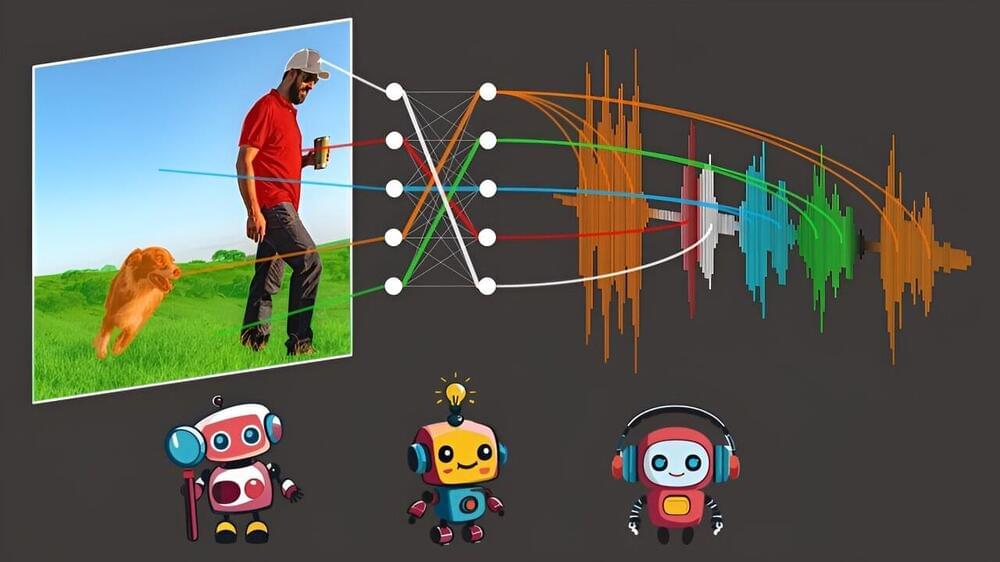
Mark Hamilton, an MIT Ph.D. student in electrical engineering and computer science and affiliate of MIT’s Computer Science and Artificial Intelligence Laboratory (CSAIL), wants to use machines to understand how animals communicate. To do that, he set out first to create a system that can learn human language “from scratch.”

